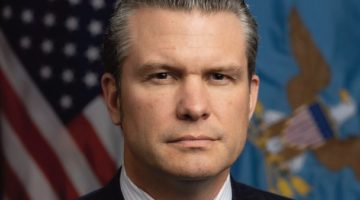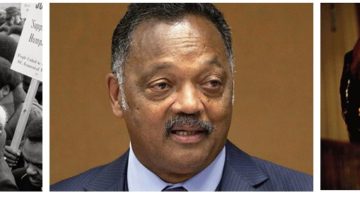 NEW ORLEANS (AP) — Oil stopped gushing into the Gulf of Mexico from BP's busted well Thursday, July 15 for the first time since the disastrous spill began, the oil giant said. It was the most significant milestone yet in BP's effort to control one of the worst environmental disasters in U.S. history.
NEW ORLEANS (AP) — Oil stopped gushing into the Gulf of Mexico from BP's busted well Thursday, July 15 for the first time since the disastrous spill began, the oil giant said. It was the most significant milestone yet in BP's effort to control one of the worst environmental disasters in U.S. history.
Now begins a waiting period to see if the cap can hold the oil without blowing a new leak in the well. Engineers will monitor pressure readings incrementally for up to 48 hours before reopening the cap while they decide what to do next. The cap is only planned as a temporary fix until a final plug is set from underground, maybe next month.
The news elicited joy mixed with skepticism from Gulf Coast residents wearied by months of false starts, setbacks and failures. Alabama Gov. Bob Riley's face lit up when he heard the oil flow had stopped.
"That's great. I think a lot of prayers were answered today," said Riley.
In Washington, President Barack Obama said the success was a "positive sign." But he added, "We're still in the testing phase."
The stoppage came 85 days, 16 hours and 25 minutes after the first report April 20 of an explosion on the BP-leased Deepwater Horizon oil rig that killed 11 workers and triggered the spill.
"Finally!" said Renee Brown, a 35-year-old middle school guidance counselor visiting Pensacola Beach from London, Ky. "Honestly, I'm surprised that they haven't been able to do something sooner, though."
Undersea video that for months had featured a billowing brown cloud erupting into the Gulf showed a quiet, still well.
When the choke line began to slowly be closed off, the roiling plume of oil coming out of the narrow tube thinned, then tapered off. Suddenly, there were a few puffs of oil, surrounded by dispersant BP was pumping on top. Then, there was nothing.
Commercial fishermen at Delta Marina in oil-stained Plaquemines Parish were subdued in their response. Some said there was still a long clean up ahead and others flatly refused to believe the leak was contained.
"I don't believe that. That's a lie. It's a (expletive) lie," said Stephon LaFrance, a 49-year-old oysterman who has been out of work for weeks. "I don't believe they stopped that leak. BP's trying to make their self look good."
Kent Wells, a BP PLC vice president, said at a news briefing that oil stopped flowing into the water at 2:25 p.m. CDT after engineers gradually dialed down the amount of crude escaping through the last of three valves in the 75-ton cap.
"I am very pleased that there's no oil going into the Gulf of Mexico. In fact, I'm really excited there's no oil going into the Gulf of Mexico," Wells said.
National Incident Commander Thad Allen said that after the 48-hour test, all the valves will be reopened and BP and federal officials will decide whether to close off the well again or keep it open, with the oil that pours out again being collected by vessels floating on the surface of the Gulf.
Wells urged caution at this early stage.
"Depending on what the test shows us, we may need to open this well back up," he said.
Though not a permanent fix, the solution has been the only one to work to stem the flow of oil since April. BP is drilling two relief wells so it can pump mud and cement into the leaking well in hopes of plugging it for good by mid-August.
BP has struggled to contain the spill and had so far been successful only in reducing the flow, not stopping it. The company removed an old, leaky cap and installed the new one Monday.
Between 93.5 million and 184.3 million gallons of oil have already spilled into the Gulf, according to federal estimates.












No Comment